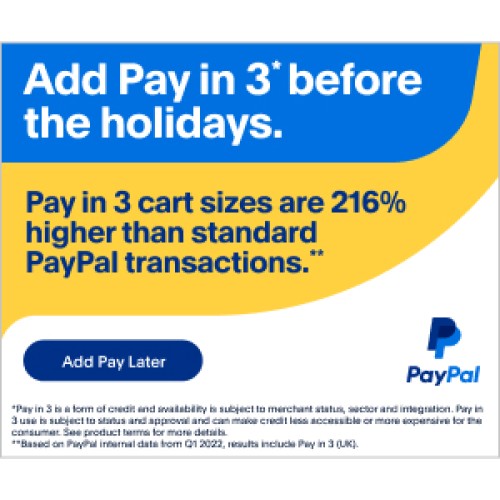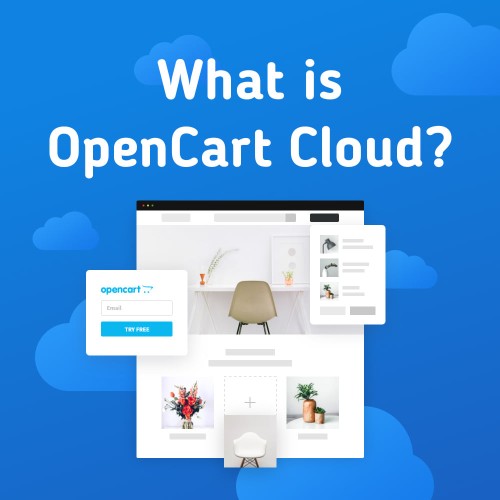As an eCommerce business, catering to the needs of online shoppers is paramount. E-commerce returns play a significant role in the customer experience, sales rates, and the bottom line of online retailers.
So, you need to be aware of the impacts returned items can have on your business in terms of cost, sustainability, and customer satisfaction. You should also know how to handle these customer returns in an efficient and cost-effective way.
This guide will provide you with an overview of the challenges associated with eCommerce returns and some tips on how to build an effective return policy.
But first…
What Causes People to Return Purchased Items?
Be it clothing, shoes, home appliances or gadgets, customers may return purchased items for a variety of reasons. In 2021, Power Reviews surveyed 7, 688 customers to discover what they thought about returning items they bought online.
Here’s what they discovered:
70% of customers returned an item because it didn’t fit.
65% returned a product because it was damaged or defective.
49% returned items because they didn’t match the description.
These reasons for return are still valid today. It’s also important to point out that the customer may have seen the product cheaper elsewhere and decided to purchase it from another supplier.
Although returns can be a hassle for ecommerce businesses, understanding the reasons why customers return items can help you build a better return policy. It can also help to reduce the number of returns you have to deal with.

Cost of Returns to Online Retailers
Returned items can be costly for online retailers. According to Retail Insight Network, returns cost eCommerce retailers an aggregate of 600 billion U.S. dollars every year. Roughly, 20% of total purchases.
Another report by Statista shows that on a collective level, the cost of retail returns in the U.S. amounted to 817 billion U.S. dollars as of 2022.
On a more private level, it may be tough to tell how much expenses you incur on returns if you do not employ a return management software that can collect such data— tools like Returnly, Shopify Returns or OrderHive are good examples.
Meanwhile, product returns may impact the customer’s perception of the business and reduce the chances of them making a future purchase if they are not properly handled or regulated. Therefore, it’ll be helpful to identify areas may that eat into your expenses and seek to minimize return costs. These may include the cost of processing returns and additional costs associated with the item, such as shipping costs and restocking fees.
Building Your eCommerce Return Policy
Having a well-thought-out return policy is essential for any eCommerce business. It not only helps you minimize costs but also improves the customer experience. Here are some tips on how to create a return policy:
Have an easy-to-find return policy
One of the fundamental aspects of a robust returns policy is its accessibility. Your customers should be able to find it effortlessly on your eCommerce website, ideally through a dedicated return policy page. Make sure a link to this page is placed where customers can easily see it before they make a purchase. Here’s a good example from ASOS:
This ease of access serves multiple purposes. Firstly, it instils confidence in your online shoppers that they can return products if needed, fostering trust. Secondly, it saves time and frustration for customers who may be uncertain about the return process. You can also include a dedicated business phone number on your policy page so that customers can reach out if they need more clarification.
A clear and easily accessible returns policy improves the customer experience, increasing the likelihood of converting potential customers to actual buyers.
Adopt a sustainable policy
Creating a sustainable return policy is key to reducing the cost of returns. While it's essential to accommodate genuine issues like product defects or errors on the retailer's part, setting a reasonable limit can deter customers from excessive eCommerce returns for non-essential reasons. This encourages customers to make more thoughtful purchase decisions, ultimately reducing return rates.
Implementing a time limit is also another way to make your return policy more sustainable in the long run. This time frame, typically ranging from 30 to 90 days from the date of purchase, serves multiple purposes. It encourages customers to initiate returns promptly, reducing the likelihood of items being returned after extended use. Additionally, it discourages the return of products that may have become obsolete or no longer meet the customer's needs.
In our case, we’ve got locations in all the major urban centers in Australia. Having local centers that provide services like professional dishwasher repairs in Melbourne, Brisbane, Sydney, and other cities, provides an improved customer experience due to shorter turn around times, and is more sustainable. Implementing this approach is more sustainable that returning products to a different city or country.
Check customer reviews
Customer reviews are a goldmine of information for e-commerce retailers. Analyzing these reviews allows you to identify recurring issues that lead to returns. Whether it's discrepancies between product descriptions and the actual product, sizing problems, or quality concerns, addressing these issues proactively can have a substantial impact on reducing future returns.
Also, customer reviews can be a great way to identify any issues with your return policy. If customers are unhappy with the policy, then you may need to consider making changes.
Keep customers informed about the status of the return
Maintaining open communication with your online customers throughout the entire returns process is a cornerstone of a positive shopper experience.
When customers initiate a return, they appreciate knowing where their return stands, whether it's in transit, received, or being processed. This transparency builds trust and demonstrates your commitment to customer satisfaction. It also helps manage customer expectations, reducing inquiries and potential frustration. Your notifications could be done through an automated email that’s triggered as soon as customers lodge a return request.
A satisfied customer who experiences a hassle-free returns process is more likely to become loyal, contributing to future online sales and customer retention.
Examples of Great Return Policies
Now that you know how to create a customer return policy for your eCommerce platform. Let’s look at two notable examples you can emulate.
Amazon: Amazon’s return policy is one of the best in the business. They offer a 30-day return policy. Amazon also has clear product return terms for different product types, as well as products that can’t be returned, or products that can be returned for free like fashion items, for example.
Amazon’s policy page is well-organized, see how each aspect of the return policy is outlined on the left side in the above screenshot. This makes it easy for customers to navigate and find the information they need. It’s something that’s worth noting as you create or modify your return policy page.
Zappos: Zappos allows a 365-day return period with free shipping and no restocking fee. This wide time duration can give customers more confidence in their shopping experience and also get them to trust Zappos especially if they’re first-time buyers.
Like Zappos, you can place a limit on what type of items can be returned, this way you do not have to incur return costs except for very vital reasons. It’ll also help customers to be more careful when shopping and reviewing items. Zappos also allows customers to exchange eligible items for alternative products if they wish to.
Conclusion
Returns can be costly for eCommerce businesses, but with the right return policy, you can reduce the cost of returns and provide customers with a better experience.
By understanding the reasons why customers return items you can take a proactive step toward creating a well-detailed guideline for returning online purchases.
Having an accessible return policy, implementing sustainable policies, learning from customer reviews and keeping customers informed are a few ways you can effectively manage eCommerce returns and provide a positive shopping experience.
Now that you know this, create or modify your return policy so that you can ultimately maximize returns on your eCommerce business and cut unnecessary costs.



Login and write down your comment.
Login my OpenCart Account